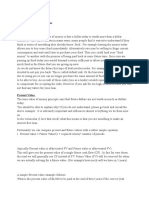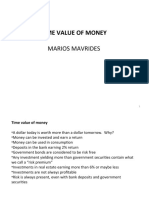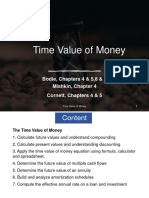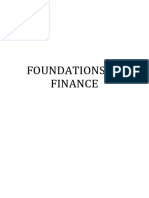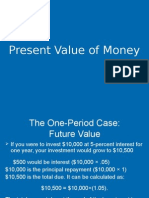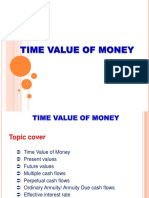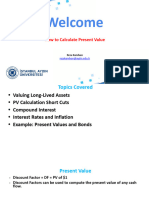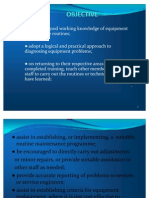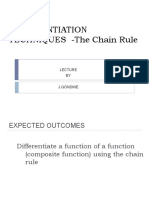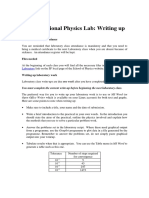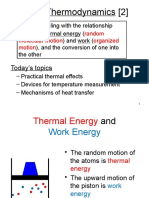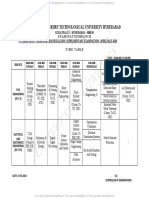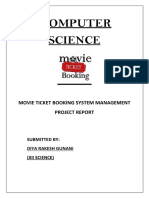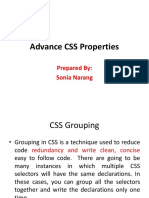0% found this document useful (0 votes)
101 views69 pagesTime Value of Money & Applications
* The consol pays £15 every year forever
* The formula for a perpetuity is:
PV = C/r
Where:
C = Annual cash flow (£15)
r = Discount rate (10%)
* Therefore, the present value is:
PV = £15/0.1 = £150
So the value of the British consol is £150.
Uploaded by
QUYÊN VŨ THỊ THUCopyright
© © All Rights Reserved
We take content rights seriously. If you suspect this is your content, claim it here.
Available Formats
Download as PDF, TXT or read online on Scribd
0% found this document useful (0 votes)
101 views69 pagesTime Value of Money & Applications
* The consol pays £15 every year forever
* The formula for a perpetuity is:
PV = C/r
Where:
C = Annual cash flow (£15)
r = Discount rate (10%)
* Therefore, the present value is:
PV = £15/0.1 = £150
So the value of the British consol is £150.
Uploaded by
QUYÊN VŨ THỊ THUCopyright
© © All Rights Reserved
We take content rights seriously. If you suspect this is your content, claim it here.
Available Formats
Download as PDF, TXT or read online on Scribd
/ 69









